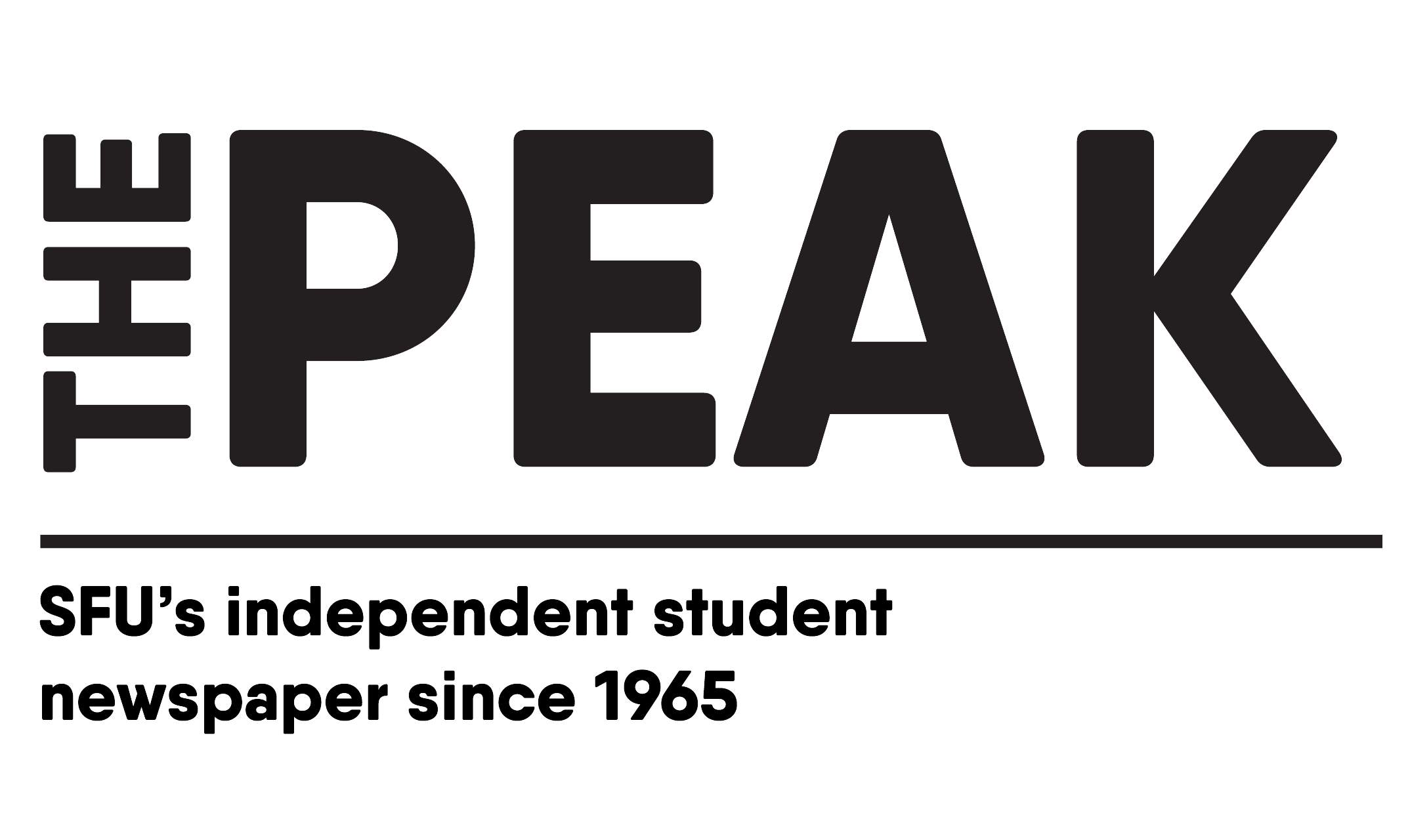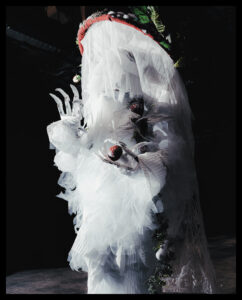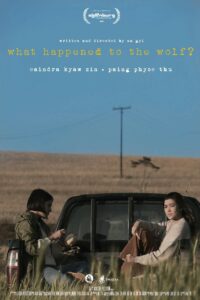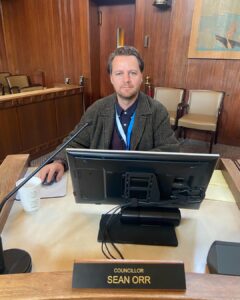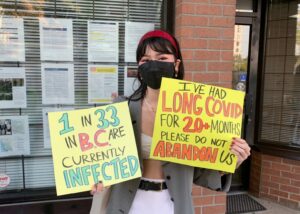By: Abigail Streifel, Peak Associate
Content warning: mentions of genocide, racism, and suicide.
Filmmaker Kim O’Bomsawin wants us all to learn from Indigenous children and young adults. Her documentary, Ninan Auassat: We, The Children, premiered at the Vancouver International Film Festival (VIFF) and focuses on the lives of individual Indigenous youth. The documentary is invitingly familiar, celebrating the mundane beauty of everyday life, and powerful, addressing the struggles faced by Indigenous Peoples.
The film follows children and youth from three different First Nations across Quebec — the Eeyou Istchee Cree, Atikamekw Sipi, and Innu — as they go about their lives, sharing their thoughts and aspirations. The experiences of many different age groups are represented, including four siblings ranging from early childhood to young adulthood, three preteen boys, and a group of teenage girls. The film is unique in that adults are almost entirely absent. Instead, young people are given the space to express themselves. The lack of narration from adults allows them to tell their own stories in their words. I felt like I was really getting to know them through listening to them speak and watching their day-to-day activities.
Between beautiful shots of serene lakes and snow-covered streets, the film’s subjects talk directly to the camera, often about their goals. Their passion for their communities is clear: one hopes to open a shelter for stray dogs in Pessamit, while another wants to become an architect to improve the buildings in Manawan. Watching Ninan Auassat feels somewhat like visiting these communities yourself. I felt like a guest encouraged to tag along on a fishing trip or a bike ride through the community. The film invites us to experience life alongside the people in it, taking us on a journey from one child’s first day of high school to another’s first birthday. This welcoming atmosphere is what makes it work so well.
The documentary seamlessly blends happy moments with candid discussions of difficulties. I found this to be an important reminder to adult audiences that children’s struggles are no less real or difficult. The transition between more lighthearted scenes and poignant moments addressing their challenges — including intergenerational trauma, racism, and suicide — feels respectful and natural. Both positive and negative aspects of life are explored, making for a successfully thorough film.
O’Bomsawin, an Abenaki director known for her documentaries on Indigenous issues, answered questions about the film following the screening at VIFF. She spoke about being inspired by the need for positive portrayals of Indigenous youth in the media. With this compelling motive and emotional depth, it’s no wonder Ninan Auassat: We, The Children won the TIDES Award for Best Canadian Documentary at VIFF. The film took over six years to create, and the care put into it is obvious. It is sincere and thoughtful in its focus on the details of its protagonists’ lives. The unique perspectives it explores are also important. Young people need powerful platforms from which to speak, and this film gave many Indigenous children and young adults that opportunity. The best way to learn about someone’s life is to listen to what they have to say, and this documentary makes that possible.
